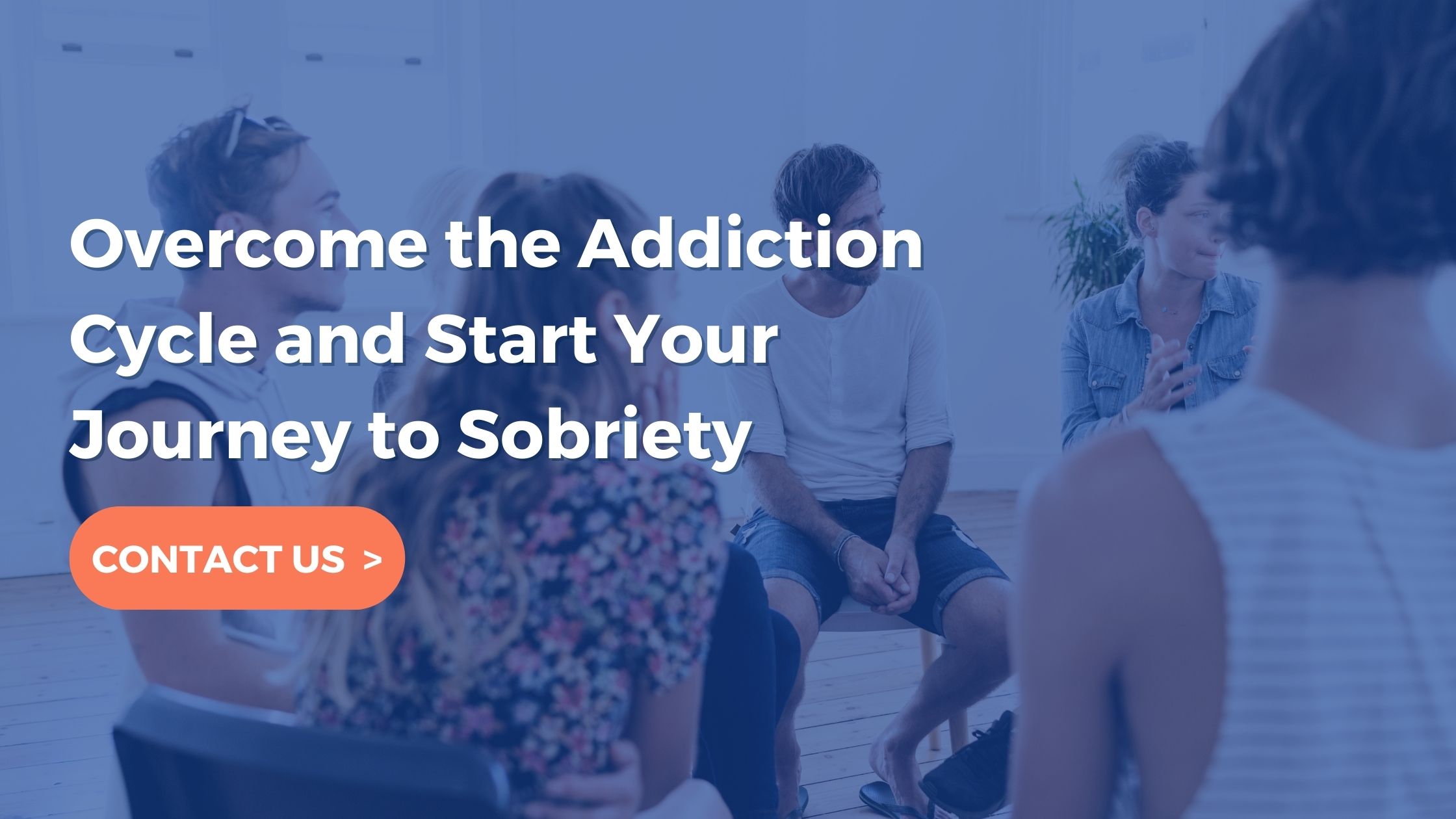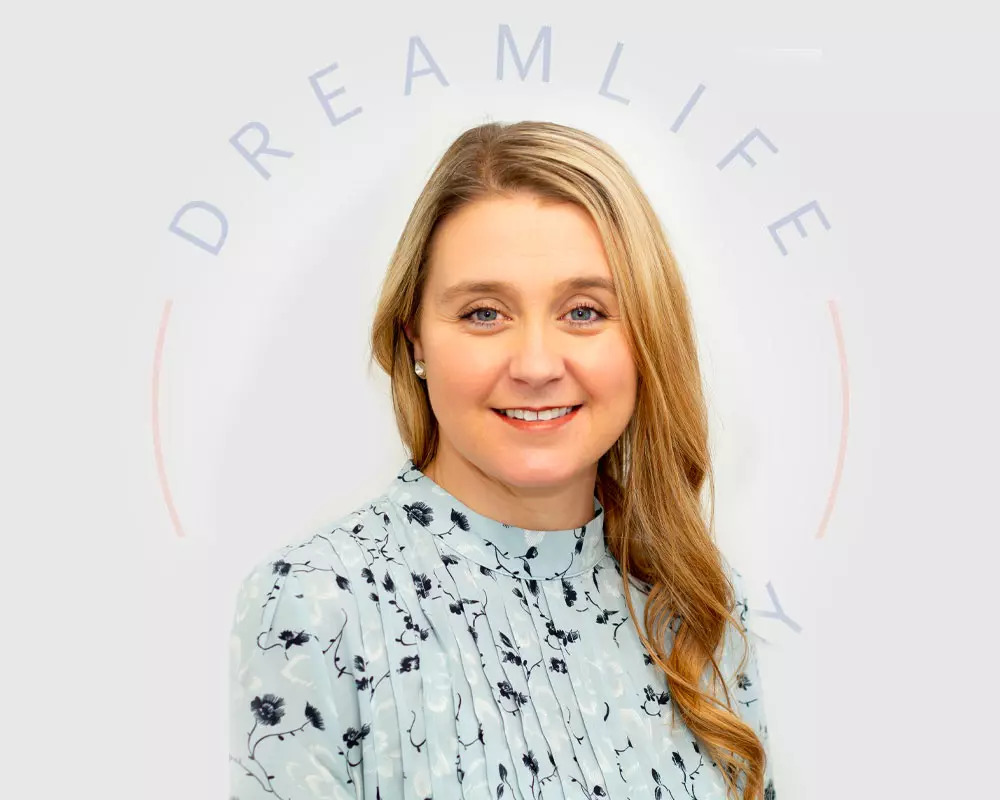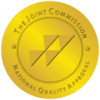

Written By
Brooke MckenzieAccording to the NIH, 7.7 million adults have co-occurring mental and substance use disorders. 37.9% of adults who have substance use disorder also had mental illness and 18.2% of adults with mental illness also had substance use disorders. As a result, co-occurring treatment is no longer an option but is a requirement for successful addiction treatment.
At DreamLife Recovery, we prioritize stabilizing both areas (MH and SUD) for successful outcomes. Co-occurring treatment refers to treatment for people who suffer from a mental health disorder and a substance use disorder to address both issues simultaneously rather than separately. Active addiction can exacerbate an existing mental health condition or increase the risk of a mental health condition such as depression or anxiety. People with mental illness are likely to self-medicate with drugs or alcohol for symptoms that have gone untreated in the past.
Our Assessment Process
When a client is admitted into our admissions process, our focus is to assess and monitor the SUD detox treatment plan and, examine their mental health to ensure a balanced treatment. Our nursing team will monitor the client and report symptoms and improvements to the medical team, who is onsite 7-days a week. Our medical team will also monitor the client and will manage their medications until symptoms improve and stabilization occurs.
It is difficult to identify mental illnesses when clients are in active substance use. For this reason, we must perform a comprehensive initial assessment, along with additional evaluations throughout the treatment. Due to this difficulty, many facilities do not make preliminary diagnoses until the addiction symptoms have subsided. However, this approach leads to treatment resistance and an increase in possible relapses, decreasing the effectiveness of the residential programming. At DreamLife Recovery, our staff will continue to assess and address the client’s concerns throughout their stay for a more robust treatment experience.
In collaboration with the medical team, the clinical team starts their work assessing and treatment planning with the client to address mental health concerns as well as addiction-related concerns. We have therapists trained in both mental health and substance use disorders to address each concern that arises.
Our Clinical Program
As part of our program, we utilize Cognitive Behavioral Therapy (CBT), Dialectical Behavioral Therapy (DBT), EMDR (Eye Movement Desensitization and Reprocessing), Acceptance and Commitment Therapy (ACT), and many other interventions that are evidence-based for both mental health and substance use disorders. Evidence-based therapies are a very important part of our treatment protocol as they are proven effective for both mental health and substance use disorders.
Once we can find stabilization, the clinical staff works with the client on behaviors, medication compliance, and aftercare. Clinical programming includes a mix of treatment activities, therapeutic groups, and individual sessions. Clients are assessed by the clinical team and, if appropriate, may be scheduled with multiple therapists who specialize in key areas.
DreamLife Recovery also offers Reiki, exercise therapy, somatic therapy, and adventure therapy. The clinical team works with the family as well to educate them on the importance of medications and medication compliance for their loved one’s recovery. The goal is to have a comprehensive aftercare plan in place prior to discharge to support the client as they are stepping down to a lower level of treatment.
Aftercare Planning
Just as important as treatment in the detoxification and the residential setting, is the aftercare planning at discharge. It is imperative that our physicians work in collaboration with the client’s current PCP and/or psychiatrists to continue the work that began in treatment or to further the work started prior to treatment. If the client does not have a psychiatrist or PCP, appointments will be scheduled for them to continue after treatment at any location they choose.
As part of the aftercare program, we have facilities that we collaborate with that offer co-occurring treatment to our standards that the client will continue to see after completing their treatment at DreamLife Recovery. Many of these programs offer medication management onsite as part of their treatment program as well.
Dual Diagnosis Treatment at DreamLife Recovery
While co-occurring disorder treatment is a broad brush, at DreamLife Recovery, all clients are treated as the individuals that they are to ensure that their unique needs are addressed. At every step of the way, our compassionate staff will listen and guide the client in the direction of recovery from both disorders.
Many of our staff members at DreamLife Recovery are in recovery from substance use disorders, mental health disorders, or co-occurring disorders and lead the program with their own personal experience, strength, and hope. Co-occurring treatment can increase the success of recovery from addiction where other programs had failed in the past. If you find yourself in that situation, know that there is hope. We are waiting for your call.








